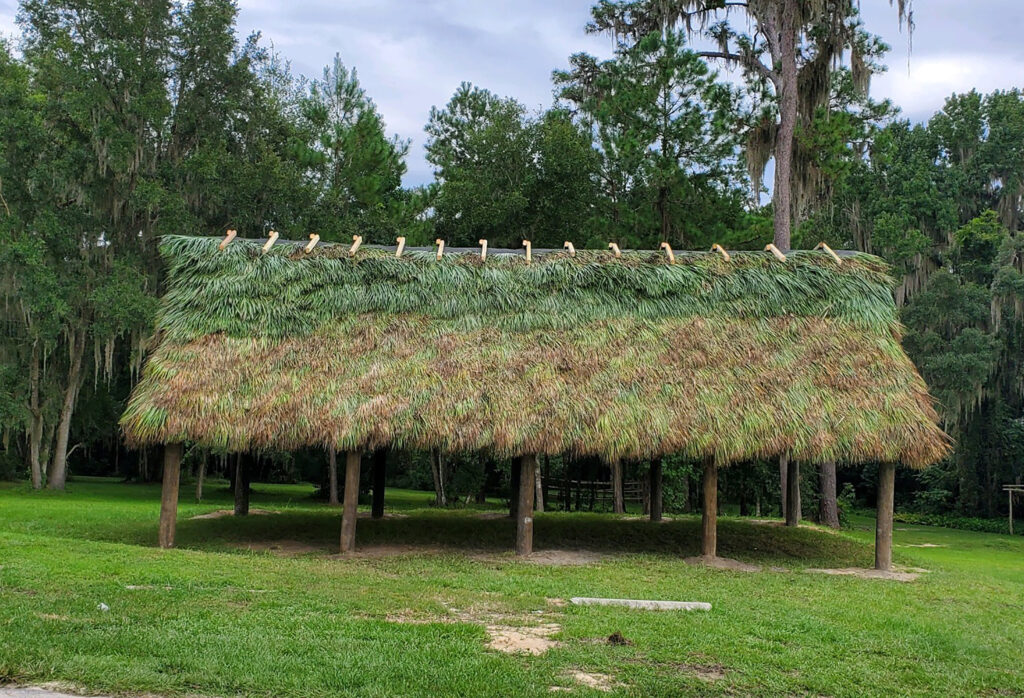What’s in a home? Plenty of history and interest, especially when considering the habitat of the Seminoles throughout the Seminole Wars. Before the 1800s, the Seminole and Creek would live in more traditional log cabin-style homes, with walls, sometimes two stories, and a roof, but as the Indian Removal Act was passed, they began life in the Chickee.

What is a Chickee?
Native Americans lived in eleven different types of homes, depending on the portion of the continent they lived in and the weather they had to contend with, as well as their lifestyle as agricultural versus nomadic.
The Chickee was a home that was mostly used in Florida by the Seminole Indians and was made of thick posts that supported a flat roof and a flat wooden platform that was raised several feet above the ground. Chickees did not have walls, which made them more structurally stable during hurricanes as the wind would blow right through them. Usually, a Chickee would only suffer a few ruffled palm fronds that would need replacing. When it rained, the Seminole would keep dry by lashing hide tarps to the frame, but mostly, the structure would be left open.
There were many reasons the Chickee was perfect for the Seminole in the hot, swampy climate. The long posts would prevent the home from sinking into the marsh, while the floor would prevent swamp animals, such as snakes, from invading the house. Further, the temperature beneath a Chickee is about 10 to 15 degrees cooler than the outside air, which was ideal in the tropical climate…it provided its own air conditioning!
The Origin of the Name
The word “Chickee” translates, literally, to “house” in both the Creek and Mikasuki languages that the Seminoles speak, though the Muskogean spelling is “chiki.” The Creeks only use the term to describe a summer house or open-sided residence that is normal in Florida, however, in the 1800s it was used for a fast, disposable shelter.
The Indian Removal Act and the Chickee
In 1830, newly elected United States President Andrew Jackson pushed the Indian Removal Act through Congress, which changed the lives of the Seminole Indians forever. This Act pushed the Indians out of the southeast to relocate them west of the Mississippi River, leaving the Seminole in Florida to be hunted like animals by the US Troops.
They entered a life of constantly fleeing from the troops, and their log cabin-style homes were no longer viable, as they were too stationary, equipped with walls and sleeping quarters. They needed a home that they could quickly erect and dispose of when moving, frequently, to different camps.
The engineering of the “Chickee” began. Constructed of cypress logs and palm thatch leaves, woven together by vines or thin ropes, it was the perfect solution. They even managed to perfect the Chickee to allow for two stories with living quarters. The Chickee would still take days to erect, but it was far faster than a more permanent structure.
Today’s Chickees and the Chickee at Fort King in Ocala
After the Indian Wars ended in 1842, time passed and they no longer needed to live in Chickees, but the art has not been lost. Nowadays, these wood and palm and palmetto frond structures can be built in a matter of hours instead of days, and they’re no longer used for actual housing, but it’s still a big thing in Florida. The modern Chickee presents a strong connection to the past.
Chickees can be seen all over South Florida, from poolside cabanas to unique camping locations. The Chickee can last about ten years and only needs re-thatching every five years. Fort King in Ocala has its own Chickee now, built in September of 2021 by the local Seminoles, and serves as a permanent reminder of the historical significance the structure played in the 1830s and 1840s.


